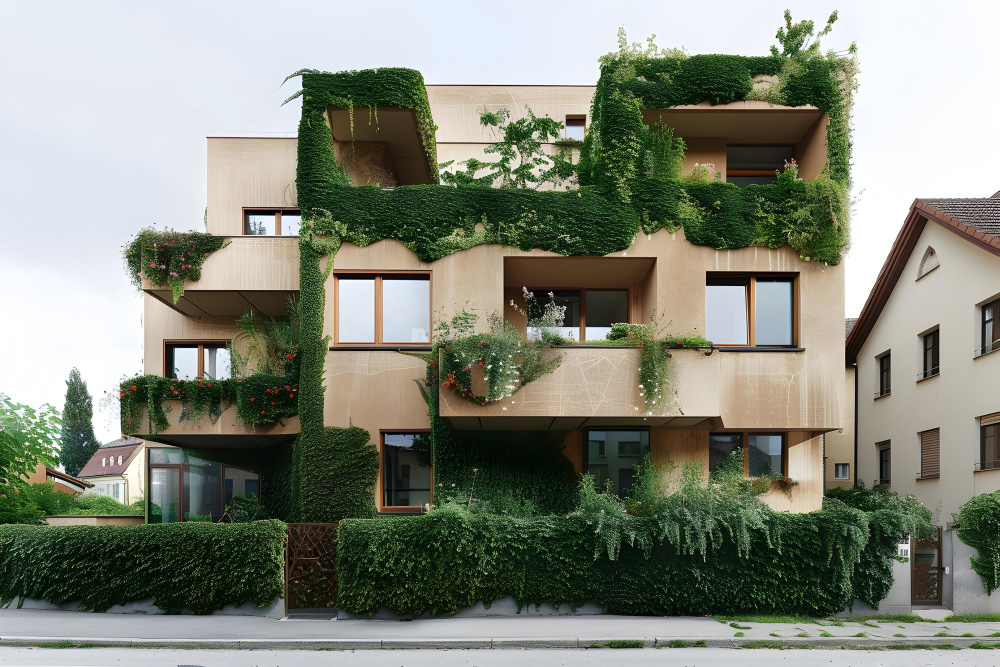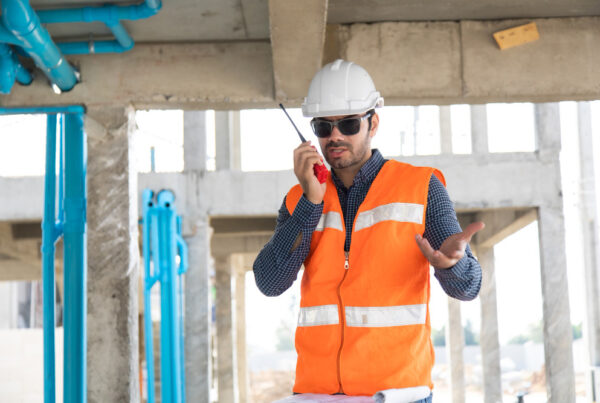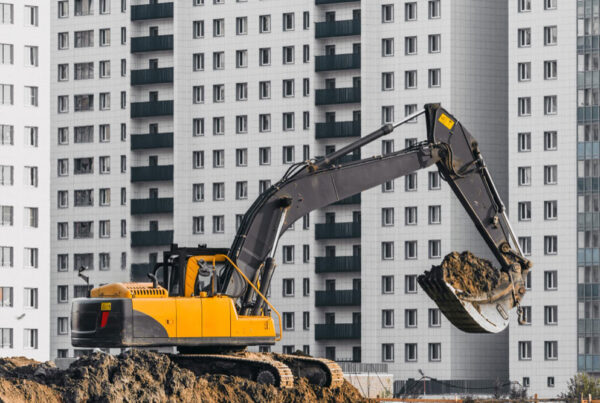Sustainable construction is becoming increasingly important as the world faces environmental challenges such as climate change, resource depletion, and pollution. By adopting sustainable construction practices, builders and developers can reduce the environmental impact of their projects, conserve natural resources, and create healthier living environments. This article explores key strategies for building eco-friendly and energy-efficient structures.
Key Strategies for Sustainable Construction
1. Energy-Efficient Design
Energy-efficient design is crucial for reducing the energy consumption of buildings. This can be achieved through various means, such as optimizing building orientation, maximizing natural light, and using high-performance insulation materials. Incorporating energy-efficient windows and doors, as well as advanced heating, ventilation, and air conditioning (HVAC) systems, can further enhance a building’s energy performance.
2. Use of Sustainable Materials
Choosing sustainable materials is essential for minimizing the environmental impact of construction. This includes using recycled, reclaimed, or locally sourced materials, as well as materials with low embodied energy. Sustainable materials such as bamboo, recycled steel, and low-VOC (volatile organic compounds) paints contribute to healthier indoor air quality and reduce the overall carbon footprint of a building.
3. Water Conservation
Water conservation is a key aspect of sustainable construction. Implementing water-saving fixtures, such as low-flow toilets and faucets, and using drought-tolerant landscaping can significantly reduce water usage. Additionally, incorporating rainwater harvesting systems and greywater recycling can help conserve water and reduce the demand on municipal water supplies.
4. Renewable Energy Integration
Integrating renewable energy sources into building designs is an effective way to reduce reliance on fossil fuels and lower greenhouse gas emissions. Solar panels, wind turbines, and geothermal systems are popular renewable energy options that can be incorporated into both residential and commercial buildings. These systems not only provide clean energy but can also lead to long-term cost savings on energy bills.
5. Waste Reduction and Recycling
Minimizing construction waste and promoting recycling are important components of sustainable construction. This can be achieved by implementing efficient construction practices, such as prefabrication and modular construction, which generate less waste compared to traditional methods. Additionally, establishing on-site recycling programs and using materials that can be easily recycled at the end of their life cycle can help reduce the environmental impact of construction projects.
6. Green Building Certifications
Green building certifications, such as LEED (Leadership in Energy and Environmental Design) and BREEAM (Building Research Establishment Environmental Assessment Method), provide frameworks for assessing and recognizing the sustainability of buildings. Achieving these certifications demonstrates a commitment to sustainable construction practices and can enhance the marketability and value of a property.
Conclusion
Sustainable construction is essential for addressing the environmental challenges of our time and creating a more sustainable future. By adopting energy-efficient designs, using sustainable materials, conserving water, integrating renewable energy, reducing waste, and pursuing green building certifications, builders and developers can create eco-friendly and energy-efficient structures that benefit both the environment and the occupants. As the demand for sustainable buildings continues to grow, these strategies will play a critical role in shaping the future of the construction industry.






